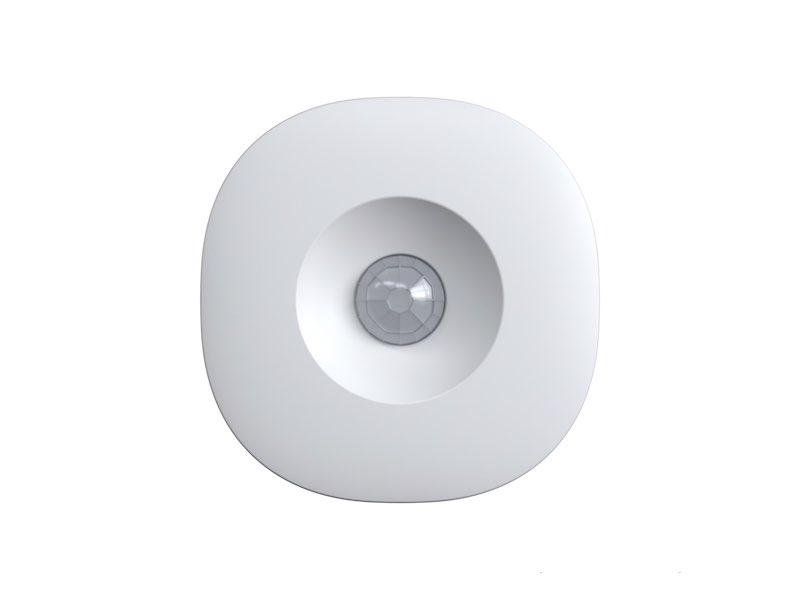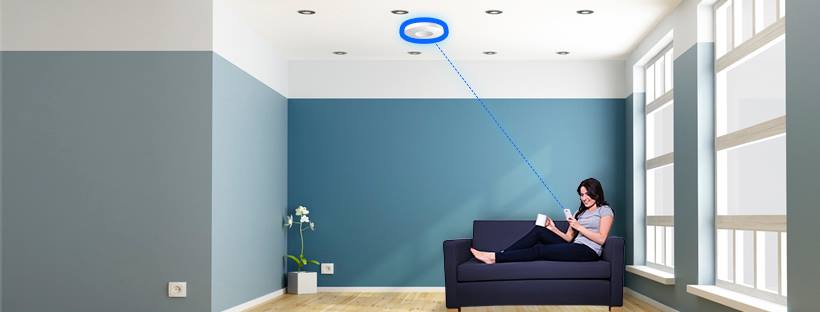Status Update
Apologies for the radio silence, this update is long overdue. As many of you have noticed, Hiome has been out of stock for nearly 2 years. Unfortunately there are currently no plans to restock Hiome again.
I first started working on Hiome in 2017 when I became frustrated with the state of smart home automation. Once we started shipping in 2019, Hiome was the best occupancy sensor on the market and our customers loved them. Surprisingly, the market has barely changed since then.
As sales were ramping up and we were getting ready to scale to meet demand, the pandemic hit in 2020. Hiome relies on an IR thermopile array sensor to detect your heat signature. Suddenly this and other components were in high demand, driving the cost of our sensors up astronomically and dragging wait times for parts out 6-12 months. As an early stage business, this was unsustainable, and we eventually disbanded the team to do other things.
We really appreciate all the support and interest from the community, and regret we couldn’t help bring more homes into the future. This was an exciting experience, and I’m proud of what we built. I hope that one day everyone can experience effortless smart homes that just work.
What will happen to existing Hiome users?
All existing Hiome installations will keep working as they have. We built Hiome from the ground up with privacy in mind, meaning it has zero cloud dependencies and your home is not impacted by what we do or don’t do. However, we are unable to provide further customer support or software updates.
Can you recommend an alternative to Hiome?
Honestly, not really. While Hiome wasn’t perfect, I have yet to find something better. Aqara is working on new mmWave occupancy sensors that look promising, but they are currently only available in China as of this writing so I haven’t personally tried them. They recently announced the FP2 which should be available globally later this year. Hopefully that can fill the gap left by Hiome.
Why don’t you work on Hiome again now that supply chains have normalized?
Good question. Admittedly this is partially why this status update has taken so long to publish. However, we ultimately had to accept that after this much time, we’re all in different places in our lives. Jumping back into the tumultuous fire that is a hardware startup is not a decision taken lightly. We may still return to Hiome eventually, but it’s not going to happen in the foreseeable future.
Can I work on Hiome?
Possibly! A couple companies have reached out to discuss acquisition of the IP. After some conversations, we decided those weren’t good fits, but in principle, we are open to the idea. If you think you’d be a good fit to run the business or can purchase the IP at a fair price, we’re open to chatting.
Will you open source Hiome?
This is something I’ve strongly considered. I’d love to help the community build DIY sensors, but Hiome involves a lot of parts. Open sourcing and documenting all of it in a useful format, while also building a community and managing contributions, is a significant committment that I’m not sure I can make right now. Having said that, if you’re interested in helping build an open source version of Hiome, please join us on Guilded and I’ll reconsider if there’s enough demand.
How can I stay notified if you change your mind or build something else?
Thanks for the interest! As much as I’m unsure about Twitter’s future, it is currently still the best way to broadcast updates, so you can follow @hiomeai or @neilgupta for the latest news. We’ll also post updates here if anything changes.
Please feel free to reach out with any questions or concerns you may have.



